Flowers for Fairies: Fairy Garden Flowers
Fairy garden flowers aren't just about planting flowers; it's about speaking the language of ancient beliefs and tapping into the enchanting connection between us and the natural world. Discover how to create a space where the veil between realms is thin, with the right fairy garden plants and elements. Transform your garden into a whimsical, living invitation and get your garden on the fairy map.
8/24/20255 min read
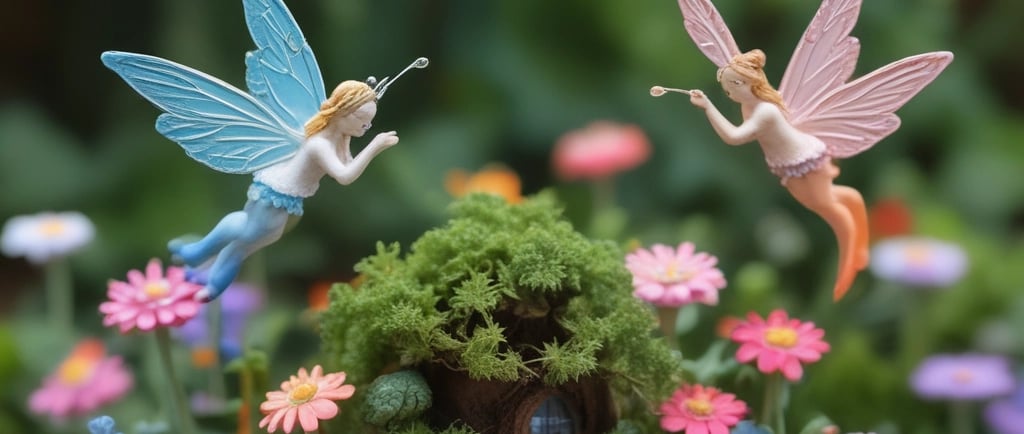

Ever feel a little flutter of magic when you're in the garden? A little wink of light as a hummingbird hovers, or the feeling that something more than just soil and sun makes your plants thrive? Honestly, it's not your imagination. For centuries, people have believed that a garden isn't just a collection of plants; it’s a living invitation, a space where the veil between our world and the realm of the fairy folk is at its thinnest. And if you’re looking to welcome these ethereal beings, you've got to speak their language. And believe me, their preferred dialect is flora.
You know, there’s this whole other level to gardening beyond just choosing plants for their color or scent. It's about tapping into something ancient, something that connects us to the land. I mean, think about it—the stories we’ve passed down, the legends of bluebell woods and primrose paths, they're all anchored in the natural world. So, let’s talk about how to get your garden on the fairy map. It’s all about creating a space so enchanting and welcoming, they can't help but stop by for a spell.
First up, a couple of heavy hitters you absolutely need on your team. No conversation about fairies is complete without mentioning the Foxglove. Known by so many delightful names—fairy thimbles, fairy caps, or folks' gloves—this plant is practically a calling card for the Fae. The folklore says fairies use the bell-shaped blossoms as gloves or even as miniature beds. Planting these in a shady, secluded corner of your garden is like setting up a VIP lounge just for them. Just be aware, they're beautiful but toxic, so it's a look-don't-touch kind of deal. This is a crucial point, and it’s a bit like life, isn’t it? The most enchanting things often come with a bit of a warning label.
Next, you've got to have Bluebells. A carpet of bluebells in a woodland setting is one of the most breathtaking sights on earth, and in a way, it’s a portal. Legend says that these flowers ring to call the fairies to their midnight revels. You’d be hard-pressed to find a more iconic symbol of fairy-haunted lands. Plus, the sight of them rippling in the breeze is a bit like watching the ocean on a tiny, magical scale.
A quick word on getting started: It’s easy to feel overwhelmed, but here's the thing: you don't need a sprawling estate or some crazy-elaborate setup. A single pot on your patio can become a haven for a solitary fairy. Start small, maybe with a few carefully chosen herbs. Rosemary and lavender, for example, are known as "elf leaf" and are said to ward off unfriendly sprites while inviting the good ones. How cool is that? Plus, they smell absolutely incredible and you can actually use them in your cooking. It’s a win-win.
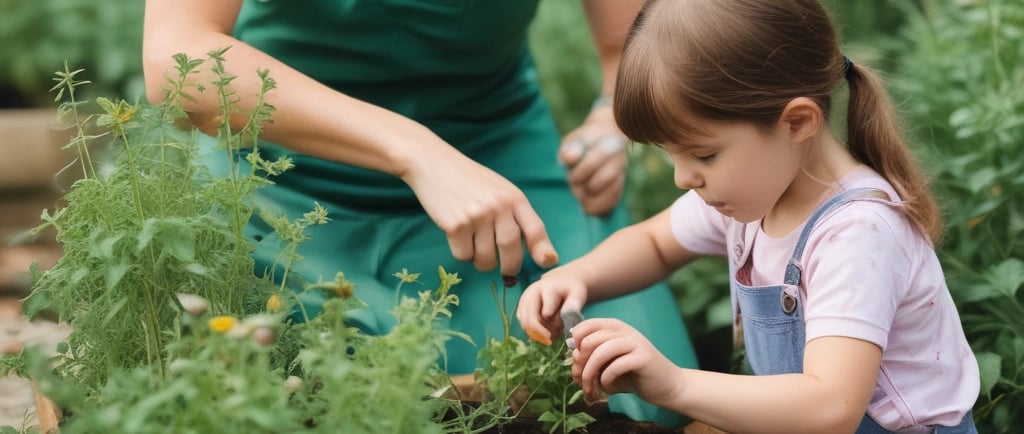

The Secret Life of the Herb Garden: More Than Just Flavor
Let's just be honest for a second, a lot of our favorite herbs have a hidden, mystical side. Thyme, for instance, is one of the most powerful plants for attracting and even helping you see the fairy folk. It's a wonderful, low-growing ground cover that can create a living, fragrant carpet in your garden—a perfect place for the Fae to make their homes. Then there's Rosemary, which has a protective quality that’s said to welcome only the kindest of fairies. It's also super easy to grow, so it's a great starting point for a novice garden witch, I mean, gardener.
You know what’s funny? Many of these plants have dual purposes. Like Cowslips, often called "fairy cups." These sweet little flowers are said to be the keys to the fairy realm. Finding a patch of them is said to indicate hidden fairy gold nearby! So, they can be both beautiful and a bit of a treasure map. It’s a bit like finding a hidden feature in a video game—an unexpected bonus that makes the whole experience more exciting.
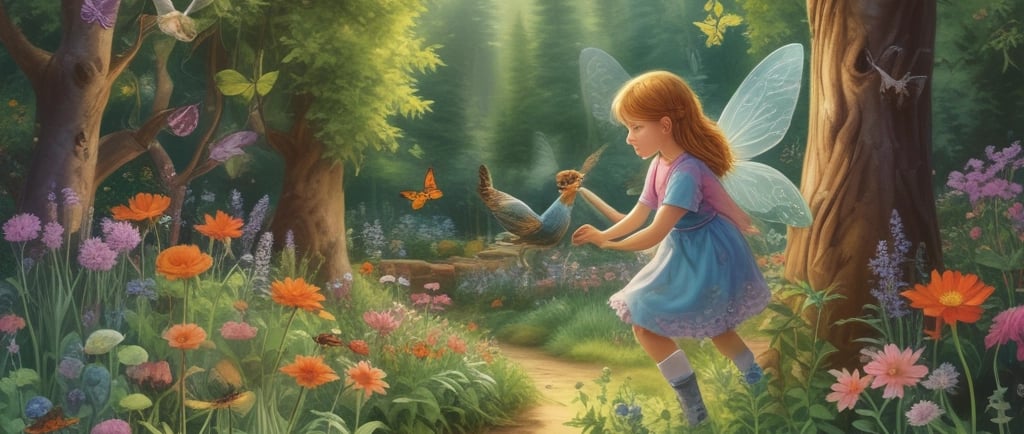

A Touch of Whimsy: Flowers that Spark Joy and Magic
Beyond the classic fairy staples, there are so many other flowers that will make your garden an absolute magnet for magical energy. Honeysuckle, with its sweet, intoxicating scent, is a must-have. Fairies, like humans, are drawn to sweet smells and bright, cheerful colors. Honeysuckle also attracts pollinators, so you’re not just inviting fairies, you’re helping out the entire ecosystem.
Primrose, on the other hand, is a bit of a trickster. It's considered a gateway to the fairy realm, but folklore says that while it lets you peer into their world, it also allows them to become invisible to you. It's a beautiful contradiction, a plant that both reveals and conceals.
And let's not forget the simple, unassuming Pansy. Some folks call them “fairy-faced flowers” because, if you look closely, you can see a little face in the petals. It's a sweet, charming detail that really sells the whole magical garden vibe.
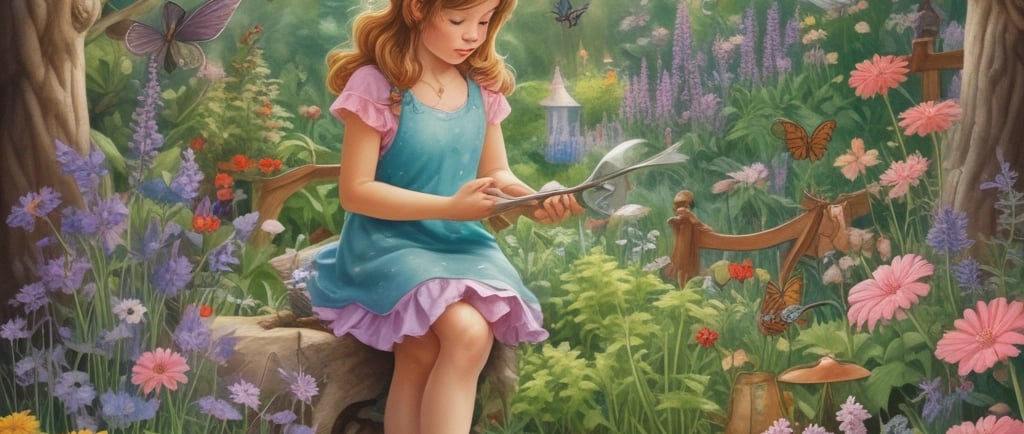

Fairy Garden Flowers FAQs
Q: Where is the best place to put a fairy garden?
A: The best spot for a fairy garden is somewhere a little bit hidden and a bit quiet. Fairies are shy, so a secluded corner of your yard, under a big tree, or even a terrarium on a shaded windowsill is perfect. Remember, it's about creating a safe, inviting space where they can feel at home, away from too much human hustle and bustle.
Q: Can I use artificial plants in my fairy garden?
A: While using real, live plants is definitely the most powerful way to attract and welcome fairies, a fairy garden is all about creativity and imagination. You can absolutely use some artificial elements, especially for things like tiny trees or decor. Think of it as a base layer for your magical scene. Just be sure to mix in some real, living plants to give the garden that genuine, natural energy that the fairies love.
Q: Do I need to leave offerings for the fairies?
A: In many traditions, it's a nice gesture to leave small offerings like milk, honey, or a freshly baked biscuit. This is a way of showing respect and appreciation. It’s not required, but it's a fun way to engage with the folklore and connect with the spirit of your garden.
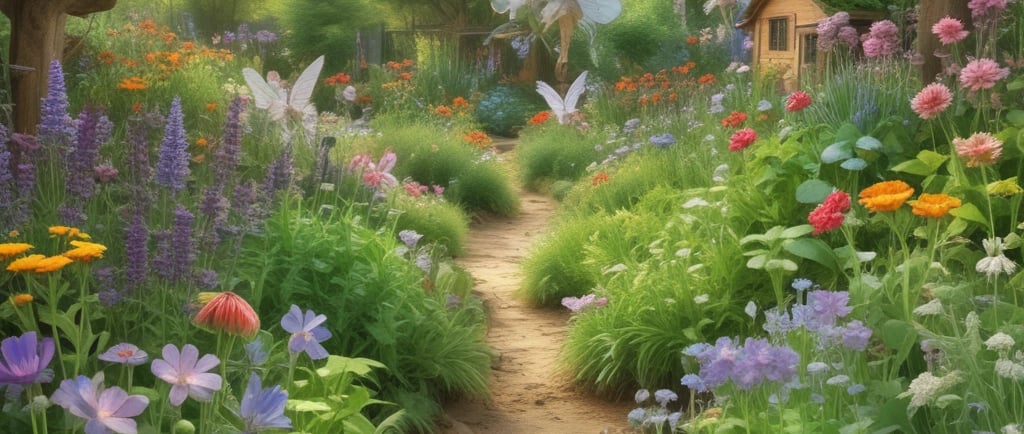

Final Thoughts on Fairy Garden Flowers
The goal here isn't to build a theme park. It’s to cultivate a relationship with the unseen, to slow down and notice the small, spontaneous moments of magic that are all around us. Adding these specific plants to your garden is just the first step. The real magic happens when you start to really see your garden—not just as a collection of chores, but as a living, breathing, enchanted sanctuary.